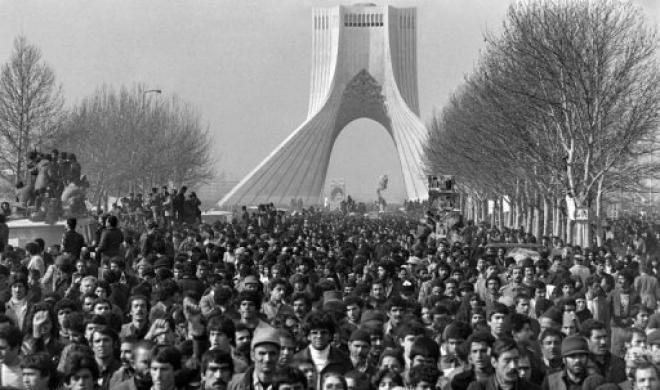

Ever heard of the Iranian Revolution, well if you’re born after the 90’s you probably hadn’t. The revolution which shook the world in 1979, when a much modern and strong bestie of the West suddenly flipped over. The Pavli dynasty had done its damage on Iran’s citizens and taken everything yet offered back nothing. Grand Ayatollah Ruhollah Khomeini had been punished to live in France for his thoughts against the Shah of Iran, however, this did not prevent his supporters from breaking hope. They preserved against the brutality and corruption committed by supporters of the Pahlavi dynasty and had shown Iran and the world the strength of being united. After the Shah was exiled the Grand Ayatollah was invited back. Most of these events took place within one year


Later on Iraq was becoming infested with Saddam Hussein’s rule, and soon it didn’t see eye to eye with Iran which led to the 8 years of war, ending in 1988. Soon after, Iraq was suspected of having weapons by the US and I guess you know what happened to Iraq from there. But what about Iran, well it slowly became the Boogie man of the Middle East. Portrayed as a communist dictatorship, with no human rights and values, and America’s biggest enemy. Iran soon fell into the shadow cast by the West never to be heard of or spoken of again.
However, Iran was growing, it was tolerating the insults and false accusations, creating a unity among its people and climbing the ladder to a new country. By the 2010, Iran had survived by dedication and sustainability. It was able to maintain its economy, politics, and society while the world shut it down. In 2015 Iran demonstrated its potential, as it had created the framework with the P5+1(US, UK, Russia, China, France plus Germany) for its nuclear program. But how did a country with such minimal resources, alliances, and economic sanctions costing billions get the ability to begin a nuclear plant. Well now that you read up to here, I suppose you would want to know.


Iran has been an open supporter of Hezbollah, a Lebanese based military group who is given the status of being a terrorist group for its support of Palestinians during the never ending Israel-Palestine conflict. It was possible that if given the ability, not only would Iran have nuclear weapons but would transport it to Hezbollah. This had caused major delays in the nuclear framework as it required extensive research and composing of a contract which would prevent such actions. Iran’s Minister of Foreign Affairs Mohammad Javad Zarif who has been credited for helping in achieving the nuclear deal, assured that none of the agreements would be unaccounted for. The current and appointed Grand Ayatollah Ali Khamenei gave a fatwa (authoritative legal opinion in Islam) that production, planning, stockpiling, and use of a nuclear weapon was forbidden in Islam. Such statement from such authority meant that Iran would never see a nuclear weapon in its hand, a big relief for most of the West. The framework for the nuclear program was meant to allow Iran to have its sanctions removed. Iran already had a nuclear plant for decades yet it did not fit the protocol of United Nations. However, soon after the deal was declared, Iran had a major economic boom. One many of its adversaries will never forget.
During 2015 the prices of oil had caused major layoffs within the industry. The excess supply which often comes for Saudi Arabia was seen as a political move on Iran to keep it suppressed. Check. But once Iran’s sanctions were removed, being another country flooded with oil, the oil prices dropped even more, causing Saudi Arabia to struggle in a major profit loss of its number one commodity. Checkmate.
Now Iran has developed new and improved relations with the world’s nations and continues to improve its economy as a developing nation. With the purchase of new airplanes and gaining several blocked routes, Iran has been given open doors to commemorate its success.









